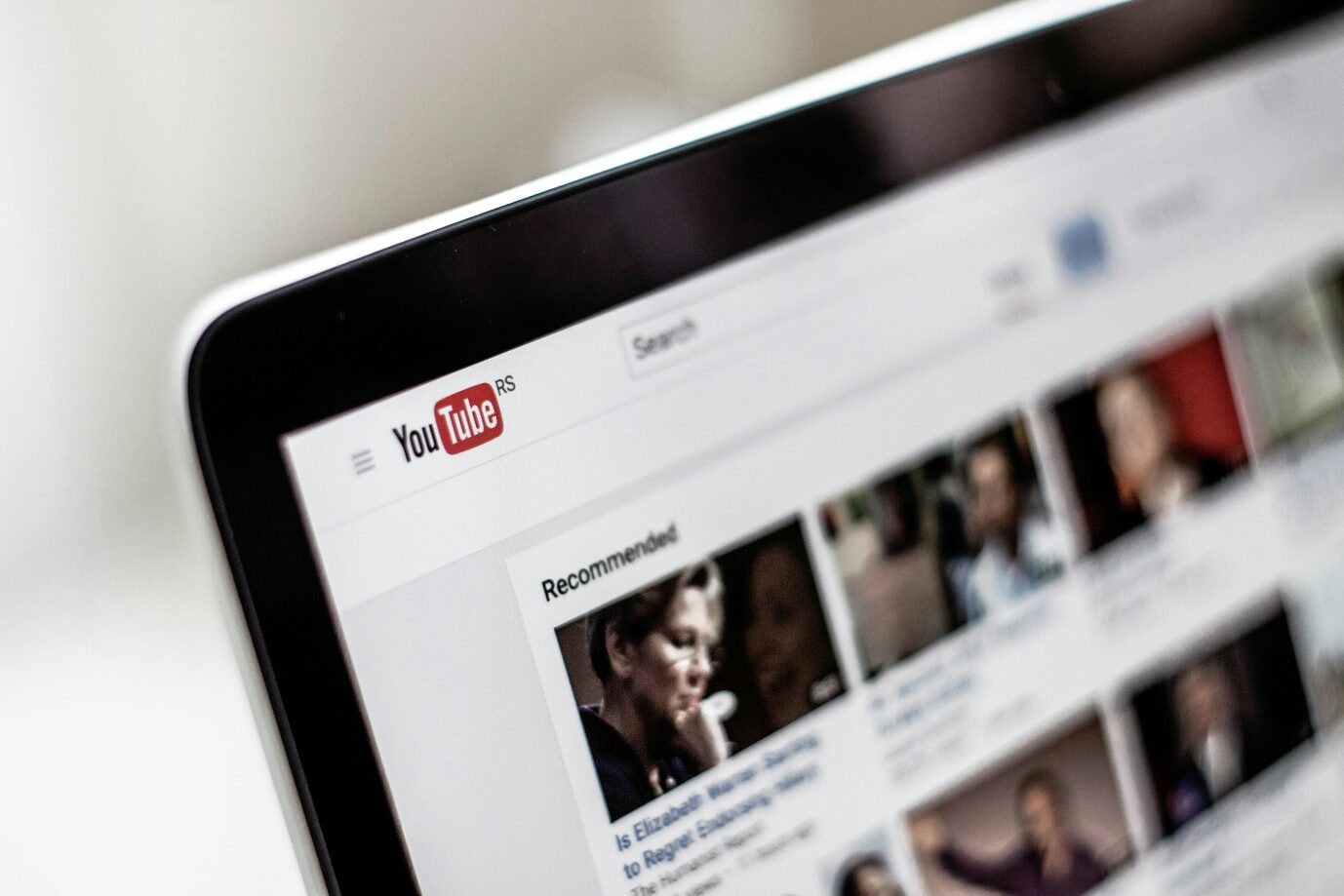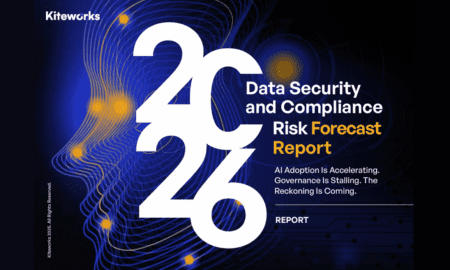In the digital world of today, social media stands as the successful marketing platform. If you are feeding content into the media without having even a smile estimate at the consumer, then it would be akin to shooting arrows into the dark. Another way to think about it is that social media analysis looks into audience behavior, preferences, and engagement patterns marketing into a science.
Why Understanding Your Audience Matters More Than Ever
The social media ecosystem today shows more permutations and combinations With rapid evolution over the last ten years. Something that was once a simple platform for sharing an update is currently a fairly very dense web of interconnected channels within which businesses compete for attention spans that appear to be shrinking. The understanding of your audience in this competitive environment is more than a mere advantage it is a matter of survival.
If you really understood your audience, your content would speak to them on a higher level. The connection directly denotes engagement, which means greater acquisition and conversion. A company that knows the audience well often returns 73% higher conversion rates compared to those that don’t.
The Foundation: Key Metrics That Tell Your Story
Social media analytics comprise a bunch of metrics, but obviously, some data points are more important than others. This means the real utilization of a social media analytics platform comes when analyzing patterns of engagement, demographics for segmentation, and behavioral trends on how audiences consume the content presented.
- Engagement Rate and its other versatile assets stand tall as the best metric for measuring the effectiveness of any content. The engagements basically imply likes, comments, shares, and saves on all platforms. For sure, these numbers need to be dissected. Consider the real thing: Are commenters hitting the few lines of just “I like it” or are they actually letting their opinions be heard? If it is quite meaningful engagement, then one could reasonably conclude the audience is much more invested.
- Reach and Impressions tell different stories about your content’s visibility; reach is the measure of the number of unique users who have seen your content, whereas impressions are more inclined to count the total views of their content, sometimes even twice by the very same person. An interesting content piece mostly gets revisited by someone willing to do it a lot. So in such a situation, their impressions may float higher than their reach.
- Click-through Rates (CTR) represent how well a call to action is able to motivate people. They could refer to clicks promoting blog posts, products, or services, and CTR indicates how willing the audience is to take one more step in their customer journey.
Platform Specific Insights: Tailoring Your Approach
Every platform differs thus in what demographics it attracts and this also affects behaviors, therefore requiring vastly different methods in analysis. Instagram users veer more on the visual, where LinkedIn users seek some more professional thoughts and industry news. Thus, metrics from each platform matter greatly to video content creators.
For video content creators, an understanding of platform specific metrics becomes crucial. It is not unusual, for example, to consider youtube收入计算 (YouTube income calculations) among relevant metrics to analyze video platform performance, as it reveals revenue potential opposed to engagement metrics, allowing creators to optimize content strategy and monetization efforts.
Facebook’s analytics give a very detailed picture based on demographic information, outlining ranges of ages, locations of people, and interests that concern these people. The objective of using this information is not widely to comprehend who is your audience, but to gain an in depth understanding of where such individuals are located and what they really care about beyond your brand.
Twitter analytics are best at showing engagement and conversation trends in real time because the rapid pace of the platform needs tweet performance to be analyzed in hours instead of days for actual actionable insights.
Advanced Audience Segmentation Strategies
In contrast to demographic segmentation, the emergence of advanced audience segmentation reveals behavioral patterns that influence buying decisions. Audience segments should be created upon the basis of engagement levels, content preferences, and engagement interaction history to construct the company of messaging strategies.
- Behavioral Segmentation classifies users depending on how they interact with content. Heavy engagers may receive exclusive content or opportunities to get an early preview of a product, whereas casual followers would need a stronger call to action to boost engagement.
- Content Preference Mapping indicates which types of posts elicit the strongest responses from the specific audience segments. Some considered educational content more, while others simply wanted behind the scenes or user generated content.
- Customer Journey Mapping applied via social media analytics helps with identifying where users are on their way to decision making. In this sense, new followers might need awareness focused content, whereas the long term follower is already prepared to be converted.
Turning Insights Into Action: Strategic Implementation
The gathering of data without subsequent implementation turns analytics into a worthless endeavor. The top brands create content and build posting and engagement strategies from audience insights. Develop a system for weekly review of analytics so that you may identify trends monthly and set quarterly goals for strategy adjustment.
Create content calendars based on the hours when most users tend to be active. If, for example, analytics reveal that peak engagement time happens roughly at 7 PM on weekdays, schedule your important announcements around that time. Direct the creation of your contents via audience preference if carousels garner 40% more engagement than single image posts, then change your content mix accordingly.
Measuring Success and Optimizing Performance
The meantime acts as a distinguishable landmark from which any improvements can be measured in the course of time. Set goals that are realistic on the basis of historical records rather than industry averages; irrespective of any generality, every audience poses a particular inclination. Your duly recorded progress is best celebrated monthly along with the conception of improvement on improvement over time.
One should remember that audience understanding is an ongoing activity. The bigger picture is always changing in the light of shifts in trends on social media and transformation in interests of the audience. Analytics done regularly allows for adjustments to the strategy to meet the evolving needs of the community.
Social media analytics transforms random data points into meaning and understanding of audiences to give best content strategy and build stronger customer relations. When done consistently, with the rollout of insights from this analysis, businesses will nurture a loyal community that offers sustainable growth and meaningful engagement.



































